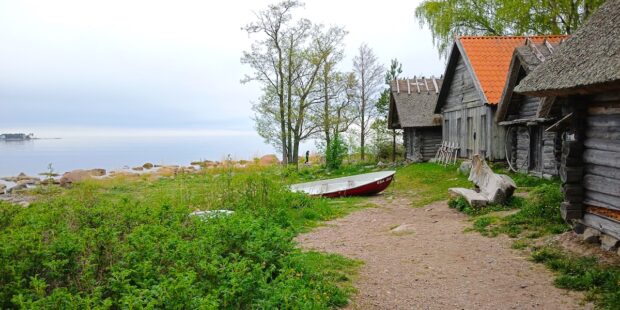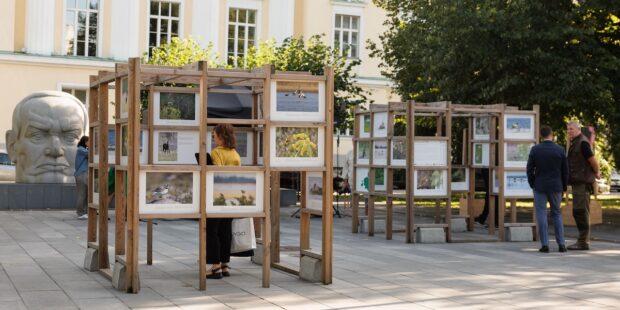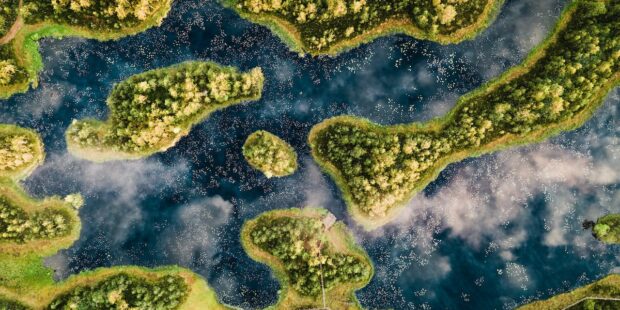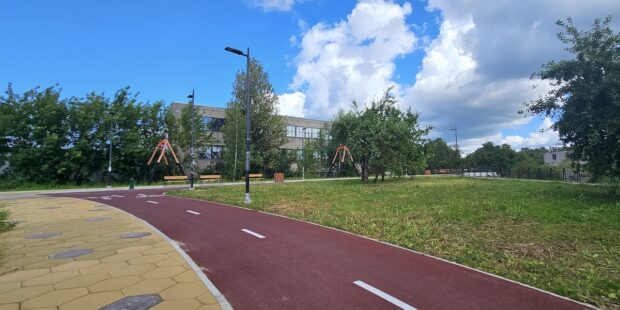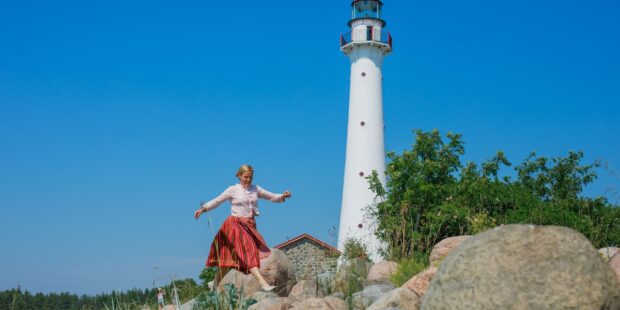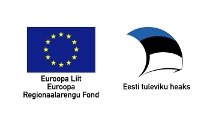Estonia Is the World’s Cleanest Country?
Text Stewart Johnson Photo Andrei Chertkov
Estonia is now officially the cleanest country in the world, according to the Environmental Performance Index (EPI). This Northern European country’s rise to the top reflects a dramatic increase from 14th place only two years earlier. So what makes Estonia so clean?
Estonia started World Cleanup Day in 2018, a global initiative involving locals cleaning up litter, industrial waste, and more. It has since spread to 180 countries with 25 million participants annually, and was also originally an Estonia-specific event called Let’s Do It (Teeme ära), from 2008.
The EPI, which is compiled every year in collaboration with Yale and Columbia universities, and the World Economic Forum, a global think tank, focuses on 58 indicators of environmental health. These include air quality, water sanitation, carbon dioxide levels and emissions, and marine habitat protection. Estonia’s first-place, overall score was 75.3, with the number-two country (Luxembourg) scoring 75.0. By comparison, Finland came in fourth with a score of 73.7, and the United States 34th with a score of 57.3.
In individual categories, Estonia placed 12th place for waste management, 20th in air pollution, and 53rd for sanitation and drinking water. Luxembourg, in second place overall, had noticeably higher scores in two of these three categories, and a similar score in the first. So the question again merits asking, “What makes Estonia so clean?” After all, 53rd place for sanitation and drinking water isn’t exactly a stellar score.
The answer is simple: there is a fourth main category, which measures improvement over the past decade. Estonia ranks number one in that. This is no doubt a wonderful accomplishment, but it should be noted that the top ten countries in that same category include Afghanistan and Belarus. Luxembourg, however, only places in the top 60. While this might seem like a lackluster score, it simply means this tiny country hasn’t got worse, and hasn’t really improved that much, either. This particular metric, in other words, does not award points for maintaining a clean environment, only improving a dirty one.
If you would like to peruse the data yourself, you can do so on the EPI homepage, and you can also explore a summary of the data on the webpage of the World Population Review.
For a third time now, let’s ask, “What makes Estonia so clean?” The correct answer would be: the people, and the policies. Officially, roughly half of Estonia’s land enjoys forest cover. Visitors to Estonia can walk through any of these forests and see how trees are frequently covered with lichen, and the forest floor is a soft, spongy bed of untouched moss. This is only possible if air and soil quality are extremely clean, and high in oxygen.
The populated areas, especially larger cities, have next to no litter or garbage. If you live in downtown Tallinn, you can leave your windows open in summer without the smell of car exhaust seeping into your home. These are metrics that are not typically covered in large, international studies. These are the metrics that you can see, and (not) smell. Enjoy a walk along the coast, lakeshore, riverbank, take a deep breath, and sit down anywhere. It’s clean. It’s Estonia.
To learn more about this and similar topicsenvironment Estonia Estonian forestry Estonian Nature forestry forests Nature nature tourism


